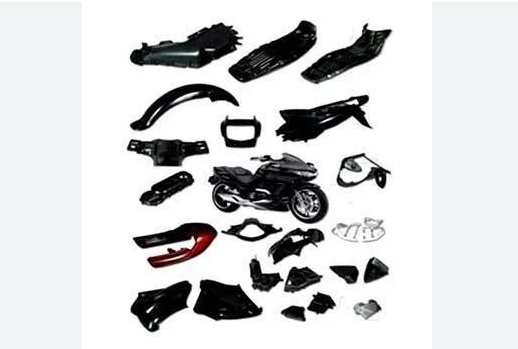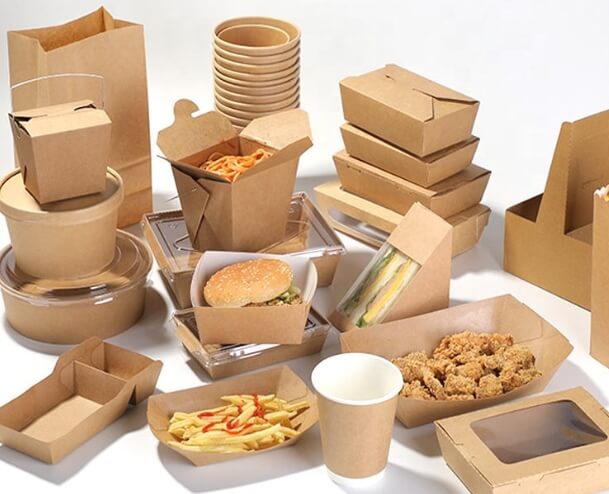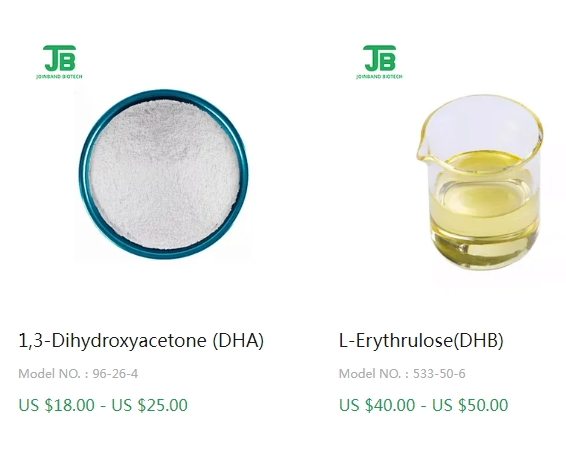1. Introduction to Auto Injection Mould
Auto Injection Mould is a type of mold used for producing automotive components. This mold employs injection molding technology, injecting molten plastic into the mold cavity, which, after cooling and solidifying, forms the desired components. Due to its efficiency, precision, and excellent repeatability, Auto Injection Mould finds wide applications in the automotive manufacturing industry, particularly in producing various complex-shaped and high-demand plastic parts.
In the modern automotive manufacturing process, the application of Auto Injection Mould significantly advances the goals of lightweighting and efficient production. The use of plastic components greatly reduces the overall weight of vehicles, thereby improving fuel efficiency and reducing carbon dioxide emissions. Injection molding technology enables mass production, lowering production costs while ensuring product consistency and quality stability. Additionally, Auto Injection Mould offers design flexibility, enabling the manufacture of various complex structural components such as automotive lamps, dashboards, and interior parts, meeting the increasingly diverse and personalized demands of modern automobiles.
2. Materials of Auto Injection Mould
Auto Injection Mould materials directly impact the mold's performance, lifespan, and production costs. Common mold materials include steel, aluminum alloy, copper alloy, and plastic.
Steel
Steel is the most commonly used mold material, especially high-strength alloy steel. Steel molds offer high hardness, wear resistance, and good machinability, capable of withstanding the high-pressure, high-temperature conditions during injection molding.
Aluminum Alloy
Aluminum alloy molds are lightweight, have good thermal conductivity, and fast processing speeds, suitable for medium to small-batch production and prototyping stages.
Copper Alloy
Copper alloy molds exhibit excellent thermal conductivity, facilitating rapid cooling of molded parts and improving production efficiency. Copper alloys are typically used for localized cooling components in molds.
Plastic
Plastic molds are primarily used for molding low-melting-point materials such as low-melting alloys and certain plastic products. While plastic molds offer low cost and simple processing, their lifespan is shorter, suitable only for small-batch production.
Analysis of Different Materials
When selecting mold materials, various factors need consideration, including part volume, material properties, mold lifespan, and production costs. Steel molds are suitable for large-scale production, with a longer lifespan but higher manufacturing costs, while aluminum alloy molds are cost-effective for medium to small-batch production with shorter lifespans.
3. The Process of Automotive Plastic Injection Molding
Preparation of Automotive Plastic Injection Molding
Prior to automotive plastic injection molding, thorough preparation is essential. This includes mold design and manufacturing preparation. Designers need to conduct detailed mold designs based on specific requirements, ensuring the mold can produce high-quality parts. This involves 3D modeling, simulation analysis, and optimization design. During the design process, factors such as material flow, cooling efficiency, and stress distribution need consideration to ensure optimal mold performance.
Upon completing the design, the mold manufacturing phase commences. This phase involves high-precision CNC machining equipment such as CNC milling machines, grinders, and EDM machines to manufacture various mold components. Precision in mold manufacturing directly impacts the quality of the final product, necessitating strict quality control and inspection methods, including dimension measurement and surface roughness testing.
Material Selection and Handling of Automotive Plastic Injection Molding
Material selection is also a crucial part of preparation. Common injection molding materials include ABS, polypropylene (PP), and polycarbonate (PC). These materials have their own advantages and disadvantages, requiring selection based on part usage and performance requirements. Materials need to be processed before use, including drying and preheating, to ensure material flowability and stability during injection.
Injection Molding Process of Automotive Plastic Injection Molding
Mold Closure: The mold's two parts (cavity and core) tightly close, forming a cavity.
Injection: Molten plastic is injected into the mold cavity through the injection molding machine's screw or plunger. Injection occurs at high temperature and pressure to ensure proper cavity filling.
Cooling: After plastic injection, the mold requires time to cool and solidify. The mold's cooling system (usually cooling water channels) circulates coolant to accelerate cooling. Cooling time depends on the plastic type, part thickness, and mold cooling efficiency.
Mold Opening: Once cooling is complete, the mold opens, separating the cavity and core.
Ejection: Molded plastic parts are ejected from the mold using the ejector system. Careful ejection prevents part damage.
Key Factors Affecting Molding Quality
Several key factors during injection molding directly affect molding quality:
Temperature: Mold and melt plastic temperatures are crucial during the molding process. Proper temperature control ensures good plastic flowability and stable part dimensions.
Pressure: Control of injection and holding pressures affects part density and surface quality. Excessive or insufficient pressure can result in defects such as bubbles, shrinkage, and deformation.
Time: Precise control of injection, holding, and cooling times is necessary. Injection molding time affects cavity filling, holding time influences plastic shrinkage, and cooling time impacts production efficiency.
To ensure high-quality molding results, comprehensive monitoring and adjustment of these factors are necessary. Additionally, regular maintenance of injection molding equipment and molds to ensure optimal operation is vital for maintaining production quality. Continuous process optimization and improvement are necessary to achieve stable and high-quality products in automotive plastic injection molding.
4. Advantages and Applications of Auto Injection Mould
Advantages of Auto Injection Mould
Auto Injection Mould offers several advantages in the automotive manufacturing sector, making it a preferred production method:
High Precision: Auto Injection Mould achieves highly precise part production, ensuring consistent product dimensions and shapes to meet the strict requirements of the automotive industry.
High Efficiency: Injection molding technology enables rapid and efficient production, increasing production efficiency, capacity, and reducing production cycles, catering to the automotive industry's high-volume demands.
Low Cost: Compared to traditional manufacturing methods like casting and machining, Auto Injection Mould offers lower production costs. This is due to lower mold manufacturing costs, shorter production cycles, and less waste, reducing labor and energy consumption.
Comparison with Other Molding Methods
Compared to other molding methods, Auto Injection Mould presents significant advantages:
Compared to Die Casting: Compared to die casting, injection molding is more suitable for producing complex-shaped and thin-walled parts, with lower costs and broader applications.
Compared to Machining: Compared to machining, injection molding is more suitable for large-batch production and can achieve automated production, reducing labor costs and production cycles.
Applications of Auto Injection Mould in the Automotive Industry
Auto Injection Mould finds wide applications in various areas of the automotive industry:
Lamps: Manufacturing of automotive headlights, taillights, turn signals, and other lamp components.
Dashboard: Manufacturing of automotive dashboards, consoles, and interior parts.
Interior Parts: Manufacturing of seats, door panels, center consoles, and other interior components.
Exterior Parts: Manufacturing of exterior panels, doors, front and rear bumpers, and other exterior components.
5. Younger Mould’s Auto Injection Mould Products
Plastic injection mold maker Younger Mould boasts years of mold manufacturing experience and industry knowledge. Committed to providing high-quality, efficient injection mold solutions for automotive manufacturers, Younger Mould serves as a reliable partner in the automotive industry.
Younger Mould's Auto Injection Mould products have earned a good reputation and position in the industry, gaining the trust and praise of numerous customers. If you are interested in our products, please leave your contact information, and we will provide you with favorable quotations and meticulous services.



